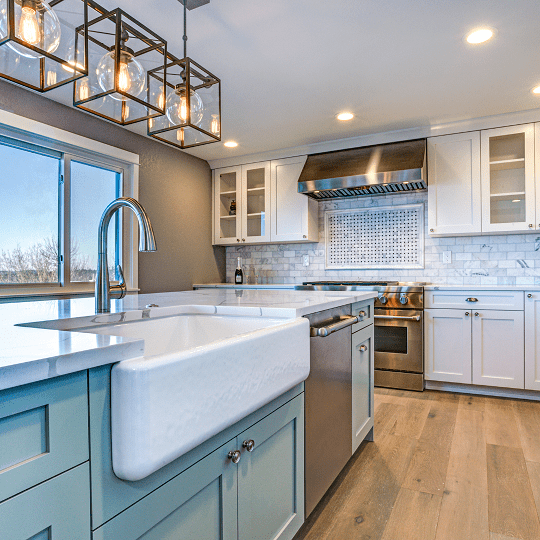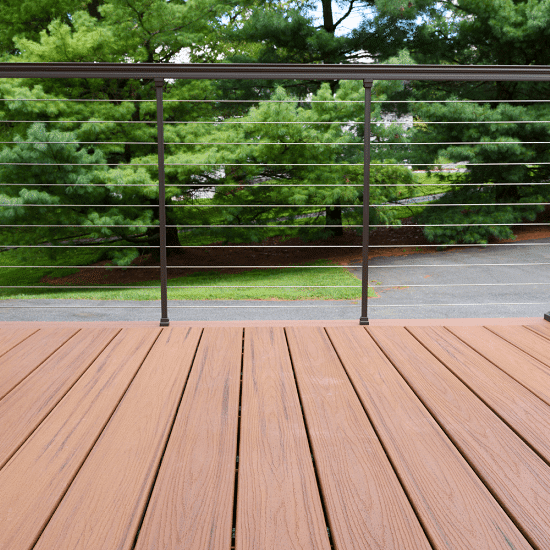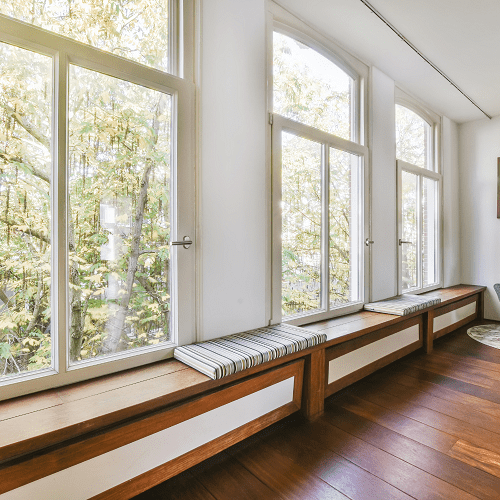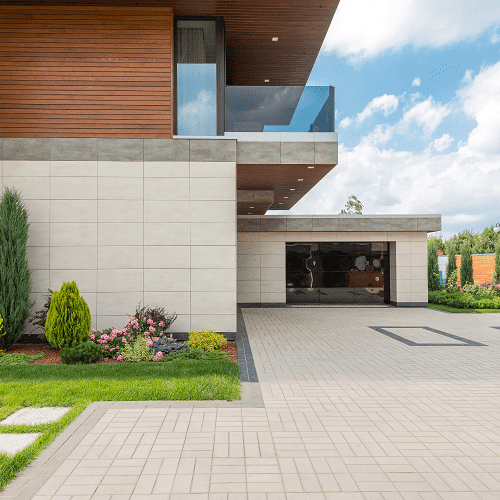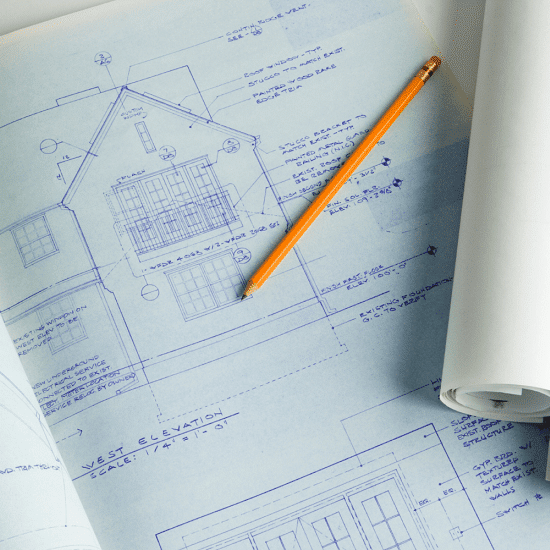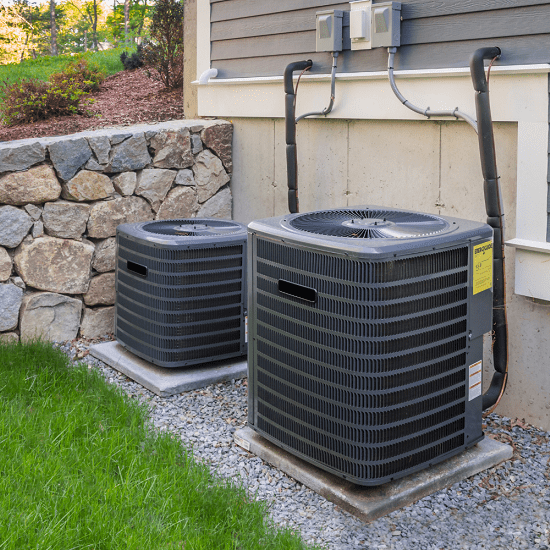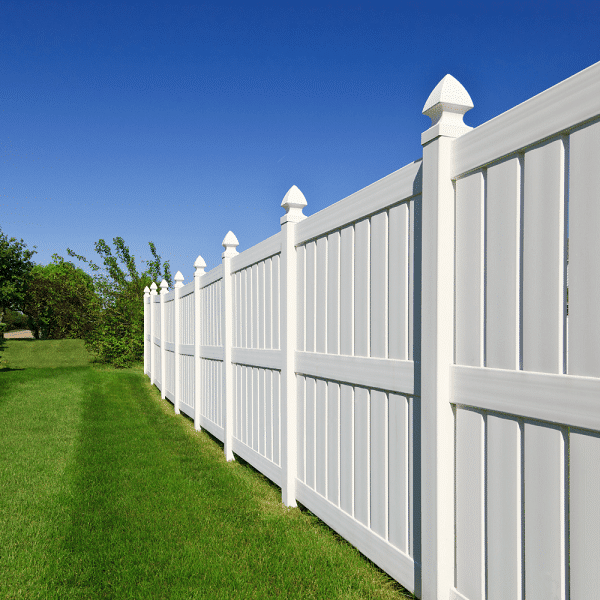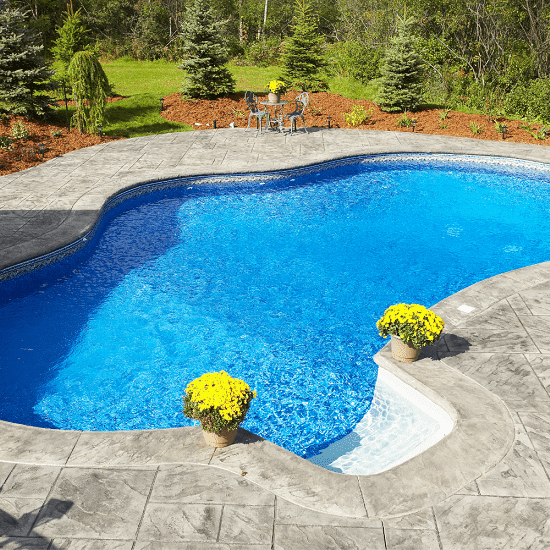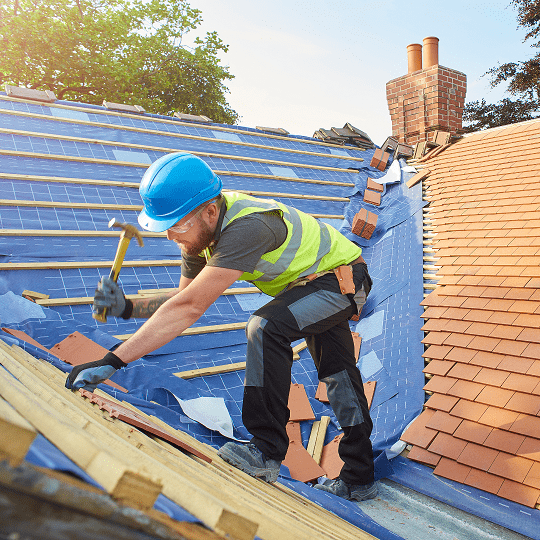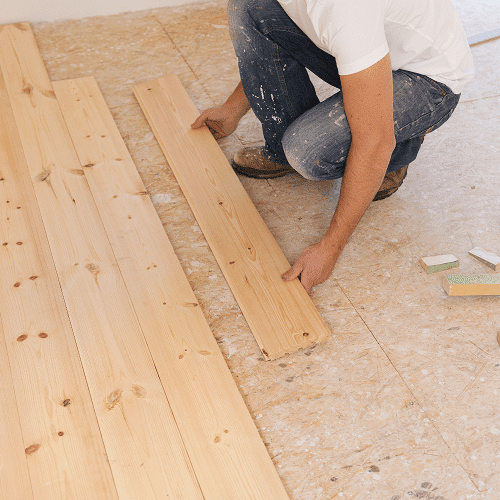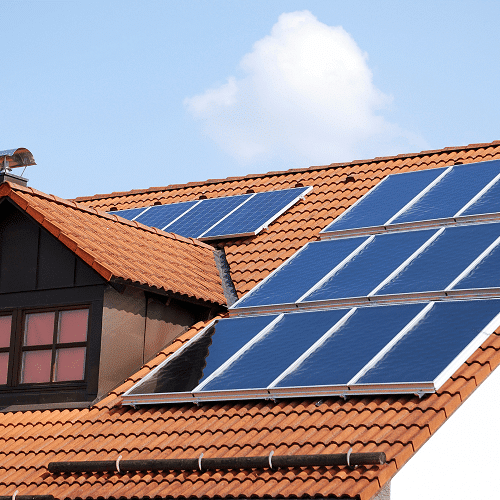Home Insulation Financing & Loans
Get pre-qualified for a home insulation loan in just minutes. Checking rates won’t affect your credit score






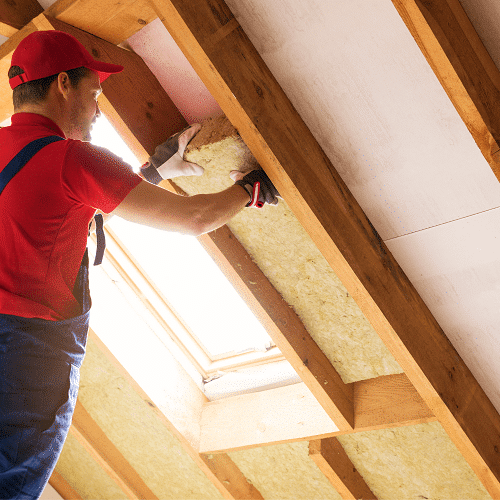
How to Pay for Insulation & Weatherization
Home insulation helps your home retain heat or cool air, and with old insulation (or even no insulation) you are at best going to be spending a lot on your energy bills each month, and at worst, suffering through the worst of the temperatures your area has to offer. If your home needs home insulation, it’s best to get it done as soon as possible, and for that, you’ll likely need home insulation financing.
Applying for a home insulation loan is fast and easy:
How Pasha Funding Works

Compare personal loan rates
Compare personal loan rates in April, 2025
Can you finance home insulation?
Yes, it is possible to finance home insulation projects. Financing options may vary depending on your location and the specific lenders or programs available to you.
What are the different types of home insulation?
- Blanket Batts and Rolls - this type of insulation is designed to fit in between standard studs in walls, rafters in the attic, and joists in the floor. If your home is of standard and relatively modern construction, you can often DIY this type of insulation - with a catch - you have to be able to access beneath the floor or behind the walls. Since most attics are unfinished, doing DIY insulation is more practical. This type of insulation is often made out of fiberglass, but you can find some made out of cotton, mineral wool, or sheep’s wool, which is a lot more skin- and lung-friendly.
- Spray Foam - this is a good option for homes that are already finished but have subpar or old insulation in the walls because it can be sprayed into a small area.
- Blown-In - this is another good option for finished homes as it can be done in a few hours and there is rarely evidence left behind that anything has been done, besides better temperature control in your home.
- Foam Boards - these are very practical to install, but you have to do it when the studs are bare, before you add plasterboard.
- Reflective Barrier - this is a good option for those living where cold is very rarely an issue, but heat often is. This essentially works like those reflective barriers you can use on your car windshield to try to reduce how hot it gets.
What is the best type of insulation?
The best type of insulation for your home depends on various factors, including your climate, budget, and specific needs. Here are some popular types of insulation:
- Fiberglass Insulation: Fiberglass insulation is one of the most common and cost-effective options. It consists of tiny glass fibers that trap air, reducing heat transfer. Fiberglass insulation comes in batts, rolls, or loose-fill form and can be used in walls, attics, and floors.
- Cellulose Insulation: Made from recycled paper, cellulose insulation is environmentally friendly and effective at reducing heat transfer. It is typically installed as loose-fill insulation and can be blown into attics and walls.
- Spray Foam Insulation: Spray foam insulation provides excellent air sealing properties and can be applied in hard-to-reach areas. It expands after application to fill gaps and crevices, providing superior insulation. It is commonly used in walls, attics, and crawl spaces.
- Rigid Foam Insulation: Rigid foam insulation boards offer high thermal resistance and moisture resistance. They are available in different materials such as expanded polystyrene (EPS), extruded polystyrene (XPS), and polyisocyanurate (polyiso). Rigid foam insulation is commonly used in walls, roofs, and foundations.
- Mineral Wool Insulation: Mineral wool, also known as rock wool or slag wool, is made from natural minerals such as basalt or slag. It is fire-resistant and offers good sound absorption properties. Mineral wool insulation comes in batts or loose-fill form and can be used in various applications.
How much does it cost to get my home insulation done?
Most homes cost between $3,000 and $10,000. You can work out the likely price range for your home by square foot: insulation usually costs $1.50 to $5 per square foot.
How can I finance a home insulation project?
- Energy Efficiency Loans: Some financial institutions offer specialized energy efficiency loans designed to help homeowners finance energy-saving upgrades, including insulation. These loans may have favorable interest rates and terms, and they can be specifically tailored for home improvement projects aimed at reducing energy consumption.
- Home Improvement Loans: Traditional home improvement loans, such as personal loans or home equity loans, can be used to finance insulation projects. Personal loans are unsecured loans that may have higher interest rates but do not require collateral. Home equity loans use the equity in your home as collateral and typically offer lower interest rates but may have longer repayment terms.
- Government Programs: In some regions, there are government-sponsored programs or incentives that provide financial assistance for energy-efficient upgrades, including home insulation. These programs may offer grants, loans, or rebates to homeowners who meet certain eligibility criteria.
- Manufacturer or Contractor Financing: Some insulation manufacturers or contractors may offer their own financing options to help homeowners cover the cost of insulation projects. These financing arrangements may have specific terms and conditions, so it's essential to review them carefully before committing.
Quick links

Ready to apply for an insulation loan? Get started.
Need help finding the right loan?
No worries, we've got you covered! Compare personalized loan options in just minutes.
Is there a tax credit for insulating your house?
You may be able to get a tax credit for $500, but things do change, so make sure you check what is available to you. This website has some good information about what incentives may be available to you: InsulationInstitute.org.
What are the pros and cons of home insulation loans?
PROS
- Improve the value of your property
- Drastically improve your quality of life
- Save money on your bills (you can save an average of 15% on heating and cooling costs)
- Allows you to spread the cost over months or years
CONS
- If you don’t have good credit, you may feel like you have to use your home equity to secure your loan or accept a high-interest rate because living without home insulation is difficult
What credit score do you need for home insulation financing?
The credit score requirements for home insulation financing can vary depending on the lender or financing option you choose. Generally, lenders prefer borrowers with good to excellent credit scores to qualify for favorable terms and interest rates. A credit score in the range of 680 or higher is often considered a good starting point to be eligible for financing options.
However, it's important to note that credit scores are not the sole factor lenders consider when evaluating loan applications. Other factors, such as income, debt-to-income ratio, employment history, and overall financial stability, also play a role in the approval process. Some lenders may have more lenient credit requirements or alternative financing options for individuals with lower credit scores.
If you have a lower credit score, it doesn't necessarily mean you won't be able to secure financing for home insulation. Exploring different financing options, such as government-backed programs or specialized energy efficiency loans, may provide more flexibility in credit score requirements.
Insulation Financing Calculator
Total Payment
-
Total Interest
-
Monthly Payment
-
Ready to apply for a personal loan?
Compare rates from top lenders with no impact on your credit, ever.
Can you get home insulation financing with bad credit?
Getting home insulation financing with bad credit may be more challenging, as lenders typically prefer borrowers with good to excellent credit scores. However, it's not impossible to secure financing with bad credit. Here are some options to consider:
- Government programs: Explore government-backed programs that provide financial assistance or loans for energy-efficient home improvements. These programs may have more lenient credit requirements and offer affordable financing options.
- Specialized financing programs: Some lenders offer specialized financing programs specifically for energy-efficient upgrades, including home insulation. These programs may have more flexible credit requirements, making them accessible to individuals with bad credit.
- Secured loans: Consider applying for a secured loan where you offer collateral, such as home equity, to secure the financing. Secured loans are generally easier to qualify for, even with bad credit, as the collateral reduces the lender's risk.
- Co-signer: If you have a trusted family member or friend with good credit, they may be willing to co-sign the loan for you. A co-signer with good credit can help strengthen your application and improve your chances of approval.
- Alternative lenders: Explore alternative lenders or online lending platforms that specialize in providing loans to individuals with less-than-perfect credit. These lenders may be more open to working with borrowers who have bad credit histories.
How to apply for a home insulation loan
Applying for a home insulation loan typically involves the following steps:
- Evaluate your insulation needs: Determine the scope of your insulation project and calculate the estimated cost. Consider factors like the type of insulation, square footage, and any additional materials or labor required.
- Research lenders: Explore different lenders and financing options to find the one that best suits your needs. Look for lenders that offer home improvement loans or specialized energy efficiency loan programs.
- Gather necessary documents: Prepare the required documentation for the loan application. This may include proof of income, employment history, identification, and details about your insulation project, such as estimates or contractor information.
- Check your credit: Review your credit report and score to assess your eligibility and potential loan terms. If needed, take steps to improve your credit or address any errors on your report.
- Submit your application: Complete the loan application form provided by the chosen lender. Include all the required information and supporting documents. If applying online, follow the instructions for submitting the application electronically.
- Wait for approval: The lender will review your application, including your creditworthiness, financial situation, and the details of your insulation project. The approval process may take some time, so be prepared to wait for a response.
- Review the loan terms: If approved, carefully review the loan terms, including the interest rate, repayment period, and any associated fees. Ensure you understand all the terms and conditions before proceeding.
- Sign the loan agreement: If you agree with the terms, sign the loan agreement to accept the financing. Take note of important dates, repayment schedules, and any other obligations outlined in the agreement.
- Complete the insulation project: Once the financing is secured, proceed with the insulation project. Adhere to any guidelines or requirements set by the lender regarding the use of funds or contractor selection.
Need help finding the right loan?
No worries, we've got you covered! Compare personalized loan options in just minutes.
Find Your Best Rate
Compare Best Personal Loans
Personal Loan Payoff Calculator
Personal Loan Lender Reviews
Personal Loans By Credit
Personal Loans for Fair Credit
Personal Loans for Good Credit
Personal Loans for Excellent Credit
Personal Loan Types
Auto Repair Loans
Credit Card Consolidation Loans
Fast Personal Loans
Home Improvement Loans
Horse Barn Financing
Wedding Loans
Family Planning Loans
Funeral Financing
Land Purchase Financing
Manufactured Home Financing
Medical Loans
Cosmetic & Plastic Surgery Financing
Owner Builder Construction Loans
Personal Loans for House Down Payment
Personal Loans for Self Employed
Personal Loans for Furniture Expenses
Student Loans
Debt Consolidation Loans
Vacation & Travel Loans
Emergency Personal Loans
Personal Loans with Co-signers
Home Improvement Financing
Appliance Financing
Bathroom Remodel Financing
Basement Remodel Financing
Boat Dock Loans
Deck Financing
Driveway Paving Financing
Fence Financing
Flooring Financing
Furnace Financing
Garage Financing
Home Addition Financing
Hot Tub Financing
HVAC Financing
Home Insulation Financing
Interior & Exterior Painting Financing
Kitchen Remodel Financing
Kitchen Cabinet Financing
Pole Barn Financing
Roof Financing
Solar Panel Financing
Swimming Pool Financing
Sunroom Addition Loans
Window Replacement Financing
Loan rate & terms disclosure: Prequalified rates are based on the information you provide and a soft credit inquiry. Receiving prequalified rates does not guarantee that the Lender will extend you an offer of credit. You are not yet approved for a loan or a specific rate. All credit decisions, including loan approval, if any, are determined by Lenders, in their sole discretion. Rates and terms are subject to change without notice. Rates from Lenders may differ from prequalified rates due to factors which may include, but are not limited to: (i) changes in your personal credit circumstances; (ii) additional information in your hard credit pull and/or additional information you provide (or are unable to provide) to the Lender during the underwriting process; and/or (iii) changes in APRs (e.g., an increase in the rate index between the time of prequalification and the time of application or loan closing. (Or, if the loan option is a variable rate loan, then the interest rate index used to set the APR is subject to increases or decreases at any time). Lenders reserve the right to change or withdraw the prequalified rates at any time.
Requesting prequalified rates on Credible is free and doesn't affect your credit score. However, applying for or closing a loan will involve a hard credit pull that impacts your credit score and closing a loan will result in costs to you.

